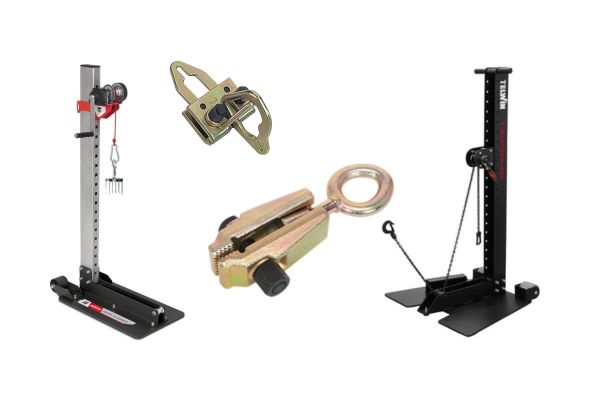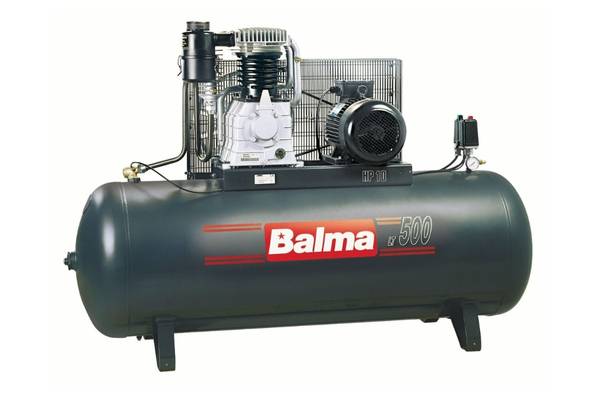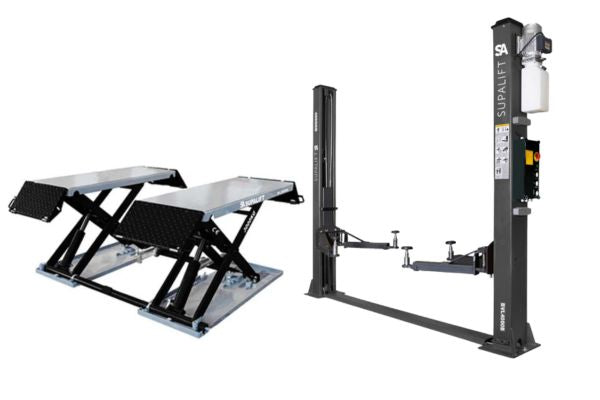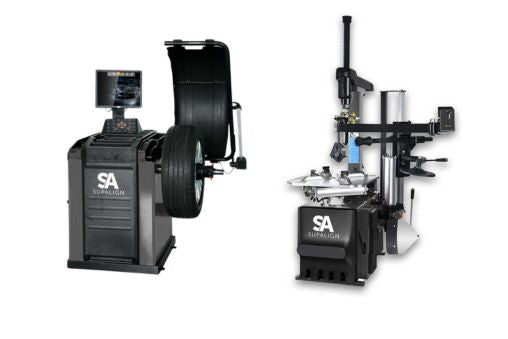NEW Glue Pulling Systems- In Stock!
NEW Glue Pulling Systems- In Stock!
BODYSHOP
WORKSHOP
WELDING
TOOLS
SAFETY

Plasma Cutter Fault Troubleshooter
June 28, 2023 3 min read 2 Comments
Using a plasma cutter may seem fairly easy, and it can be but from time to time you can come across problems where the cutter will not work or the cut isnt as good a quality as you would like. Here we look at the possible problems and give you solutions that you can check.
Here are some common issues and their possible solutions:
1. Poor Cut Quality:
- Check the air pressure: Ensure that the air pressure is within the recommended range specified by the plasma cutter manufacturer. Set the gauge at 6 bar for optimum air flow and cut. Having he air pressure too low reduces your consumables life.

- Check the air flow: Make sure that the airflow is not restricted and there are no leaks in the supply airline.
- Check for contamination: Remove any water, oil, or debris from the supply airline to prevent contamination of the plasma arc. Ensure the air into the plasma is clean and dry.
- Examine the consumables: Worn or damaged consumables can result in poor cut quality. Replace them if necessary.
2. Premature Consumable Wear:
- Verify the correct amperage setting: Ensure that the plasma cutter's amperage setting matches the recommended amperage for the cutting tip being used. Using an incorrect or higher setting than is required to cut the material can lead to faster consumable wear.
- Check for proper cooling: Inadequate cooling can cause the consumables to overheat and wear out quickly. (see air pressure settings)

- Maintain proper standoff distance: Maintaining the correct distance between the workpiece and the torch tip is crucial. Too close or too far of a distance can cause excessive consumable wear due to the molten pool sticking to the electrode. Maintain a gap of about 2-4mm or use a tip specifically designed for touch cutting commonly called a drag tip. Or preferably use a stand off spring.
3. Electrical Issues:
- Verify the mains power supply: Ensure that the power supply meets the specifications of the plasma cutter. Inadequate or fluctuating power can result in inconsistent performance.
- Check the grounding: Ensure that the plasma cutter is properly grounded to prevent electrical issues and ensure operator safety. A good earth clamp should always be cold. if the earth clamp feels warm or hot to touch then its drawing current and this will effect your cut.
4. Contamination and Wear:
- Regular cleaning and maintenance: Clean and service the plasma cutter and cutting torch regularly to prevent contamination and to keep the components in good condition.
- Inspect consumables and torch parts: Regularly check the cutting torch and consumables for signs of wear or damage. Electrodes have tungsten in the centre of them and when new this is flush with the end of the electrode. As it wears it goes into the electrode.
Replace any worn-out parts to maintain optimal performance.
5. Incorrect parts:
- Plasma parts are made to exacting standards therefore it has been known for you to get faulty parts. If your machine is playing up and no arc is striking simply replace the consumables as a first diagnostic check.
6. Dragging against a straight edge
This can cause you to short the tip and so not get a good arc flow where you want it. always use a non metallic straight edge if you need to cut really straight.
7. Proper Travel Speed
- Correct travel speed for what you need to cut is important! Cut to slow on something thin and the cut will be wider and not as smooth. G too fast on something thick and you may not cut through the whole material cleanly.
8. Cutting amps not correct
- This can cause the same problems as proper travel speed. Insufficient amps on something thick and you may not cut cleanely. Too much ams for something thin and your cut wont be as smooth and the burn ring area will be larger. Balancing the travel speed with the correct amps for what you need is very imprtant for cut quality and for consumables life.
Remember, troubleshooting plasma cutting problems can be complex and may require the assistance of a qualified technician or the manufacturer's support team. Always refer to the plasma cutter's manual and follow the recommended maintenance and troubleshooting procedures.
I hope these tips help you in obtaining consistently good cut quality with your plasma cutter. Let me know if you have any further questions! by calling us on 0161 223 1843 or contacting us here!
2 Responses
Ryszard Saliszewski
April 03, 2024
very helpful and very prompt
Leave a comment
Comments will be approved before showing up.

















































Daniel Townzen
October 24, 2024
My plasma cutter fell from about 5 feet.I hit the ground.There’s no physical damage.How can I troubleshoot and to see why it’s not working. The lights come on for a brief moment and then go off Once I unplug it and plug it back up. Any suggestions please..